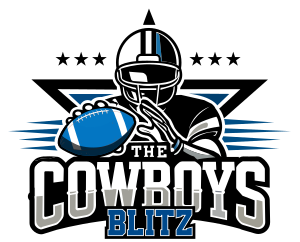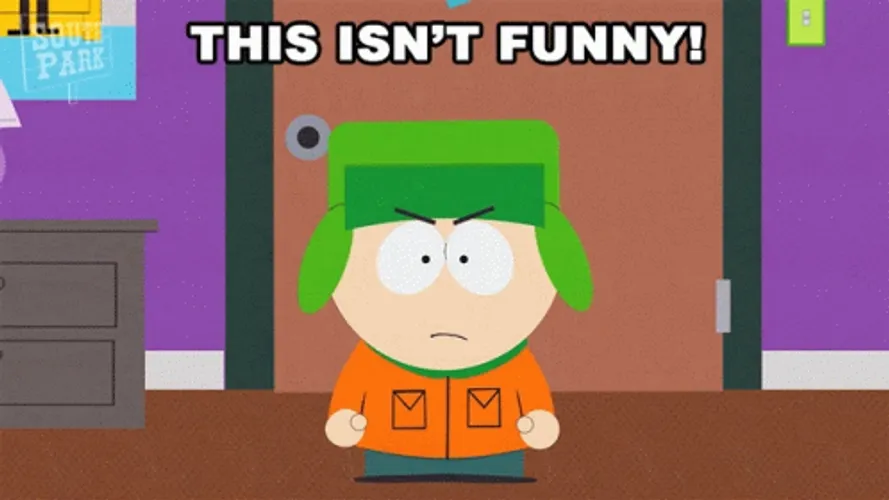Garrett probably wouldn't qualify to be Landry's water boy. Landry was one of the most innovative coaches in NFL history and many of the innovations that he came up with are still being used by teams today. There is a reason he is in the Hall of Fame and Garrett will probably end up finishing his career as QB coach at Podunk High School.
The Great Innovator[edit]
Landry invented the now-popular "
4-3 defense", while serving as
Giants defensive coordinator.
[7] It was called "4-3" because it featured four down lineman (two ends and two defensive tackles on either side of the offensive center) and three linebackers — middle, left, and right. The innovation was the middle linebacker. Previously, a lineman was placed over the center. But Landry had this person stand up and move back two yards. The Giants' middle linebacker was the legendary
Sam Huff.
“ Landry built the 4-3 defense around me. It revolutionized defense and opened the door for all the variations of zones and man-to-man coverage, which are used in conjunction with it today. —Sam Huff
[8] ”
Landry also invented and popularized the use of keys (analyzing offensive tendencies) to determine what the offense might do.
When Landry was hired by the
Dallas Cowboys, he became concerned with then
Green Bay Packers Coach
Vince Lombardi's "Run to Daylight" idea, in which the
running back went to an open space, rather than a specifically assigned hole. Landry reasoned that the best counter was a defense that flowed to daylight and blotted it out.
To do this, he refined the 4-3 defense by moving two of the four linemen off the line of scrimmage one yard and varied which linemen did this based on where the Cowboys thought the offense might run. This change was called the "
Flex Defense", because it altered its alignment to counter what the offense might do. Thus, three such Flex Defenses were developed — strong, weak, and "tackle" — where both
defensive tackles were off the line of scrimmage. The idea with the flexed linemen was to improve pursuit angles to stop the Green Bay Sweep — a popular play of the 1960s. The Flex Defense was also innovative in that it was a kind of zone defense against the run. Each defender was responsible for a given gap area, and was told to stay in that area before he knew where the play was going.
It has been said, after inventing the Flex Defense, he then invented an offense to score on it, reviving the
man-in-motion and starting in the mid-1970s, the
shotgun formation. But Landry's biggest contribution in this area was the use of "preshifting" where the offense would shift from one formation to the other before the snap of the ball. This tactic was not new. It was developed by Coach
Amos Alonzo Stagg around the turn of the 20th century; Landry was the first coach to use the approach on a regular basis. The idea was to break the keys within the defense used to determine what the offense might do. An unusual feature of this offense was Landry having his offensive linemen get in their squatted prestance, stand up while the running backs shifted, and then go back down into their complete "hand down" stance. The purpose of the "up and down" (Landry Shift) movement was to make it more difficult for the defense to see where the backs were shifting (over the tall offensive linemen), thus to cut down on recognition time. While other NFL teams later employed shifting, few employed this "up and down" technique as much as Landry.
Landry also was ahead of his time in his philosophy of building a team. When the Packers were a dynasty in the 1960s with 245 lb (111 kg) guards and 250 lb (110 kg) tackles, he was busy stockpiling size for the next generation of linemen. Tackles
Rayfield Wright stood 6 ft 6 in (1.98 m) and
Ralph Neely weighed 265 lb (120 kg). Center
Dave Mandersweighed 250 lb (110 kg). All went on to block in Pro Bowls and Super Bowls in the 1970s.
The same with defense: The better linemen of the 1960s were the shorter, stockier, leverage players like
Willie Davis,
Alex Karras and
Andy Robustelli. But Landry drafted the taller, leaner linemen like 6 ft 7 in (2.01 m)
George Andrie and 6 ft 6 in (1.98 m)
Jethro Pugh in the 1960s and later 6 ft 9 in (2.06 m)
Ed Jones in the 1970s. Long arms allow for increased leverage in the pass rush.
In the days before strength and speed programs, Landry brought in Alvin Roy and
Boots Garland in the early 1970s to help make the Cowboys stronger and faster. Roy was a weightlifter and Garland a college track coach. Now, every NFL team has specialty coaches.
Landry also was one of the first NFL coaches to search outside the traditional college football pipeline for talent. For example, he recruited several soccer players from Latin America, such as
Efren Herrera and
Rafael Septién, to compete for the job of placekicker for the Cowboys. Landry looked to the world of track and field for speedy skill-position players. For example,
Bob Hayes, once considered the fastest man in the world, was drafted by and played wide receiver for the Cowboys under Landry.
[9]
Landry also was the first to employ a coach for
quality control.
Ermal Allen would analyze game films and chart the tendencies of the opposition for the Cowboys in the 1970s. That gave Landry an edge in preparation, because he knew what to expect from his opponent based on down and distance. Now, every NFL team has a quality control coach, and most have two.[
citation needed]
Landry produced a very large coaching tree. In 1986, five NFL head coaches were former Landry assistants:
Mike Ditka,
Dan Reeves,
John Mackovic,
Gene Stallings, and
Raymond Berry.




